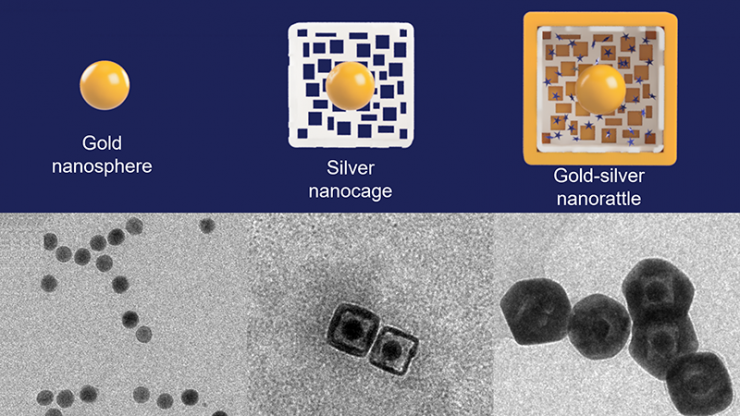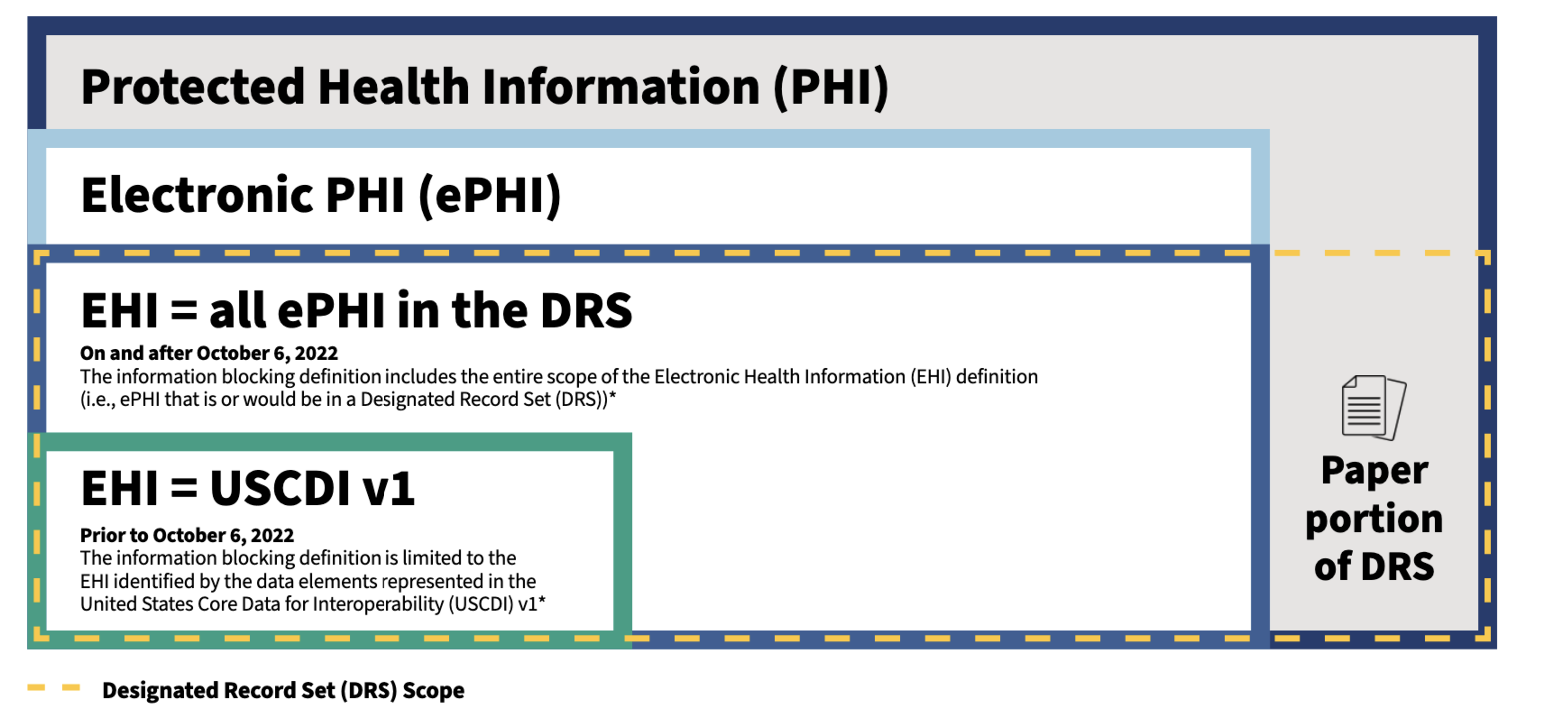
Scientists at Duke University have developed a ‘nanorattle’ system that allows for the detection of mRNA biomarkers of cancer. The tiny structures consist of gold nanospheres with a surrounding silver nanocage, forming the so-called rattle. The nanorattles are also loaded with light scattering dyes called Raman reporters. When illuminated with a laser, the rattles emit significant amounts of light. The researchers developed the technology so that they could detect mRNA biomarkers of cancer, which will bind to the nanorattles if present in a patient sample. The researchers can then use a laser to illuminate the nanorattles to see if the biomarkers are present. The entire system fits into a lab-on-a-stick device, potentially allowing for point-of-care diagnostics in low-resource regions.
Head and neck cancers have a relatively poor survival rate of 40-60% in many regions of the world, in part because of a lack of early detection. This prompted these researchers to attempt to design a point of care diagnostic system for such cancers, potentially letting healthcare workers to perform such diagnostic tests simply and quickly.
“In low-resource settings, these cancers often present in advanced stages and result in poor outcomes due in part to limited examination equipment, lack of trained healthcare workers and essentially non-existent screening programs,” said Walter Lee, one of the lead researchers on this project. “Having the ability to detect these cancers early should lead to earlier treatment and improvement in outcomes, both in survival and quality of life. This approach is exciting since it does not depend on a pathologist review and potentially could be used at the point of care.”
The system is designed to help detect mRNA biomarkers. Many patients with head and neck cancers will have upregulated levels of certain mRNA markers. The researchers designed their system so that the nanorattles will bind to such mRNA sequences. They also included magnetic beads in their lab-on-a-stick device that can also bind to the same mRNA sequences.
Consequently, the procedure involves adding a patient mRNA sample to the device and allowing the mRNA biomarker sequences to bind to the magnetic beads. Then, a sample of nanorattles is added to the device, and they will bind to the now immobilized mRNA sequences, with the mRNA essentially forming a tether between the magnet and the nanorattle.
After a washing step to remove unbound nanorattles, the clinician can then use a handheld device to illuminate the bound nanorattles and see if any light is emitted by them, highlighting the presence of the mRNA biomarkers.
Study in Journal of Raman Spectroscopy: Machine learning using convolutional neural networks for SERS analysis of biomarkers in medical diagnostics
Via: Duke



